
Introduction
Jellyfish, also known as jellies or sea jellies, are fascinating creatures found in every ocean. With their mesmerizing appearance and unique characteristics, they have captured the curiosity of both scientists and nature enthusiasts. In this article, we will explore the diverse world of jellyfish, their behavior, and their ecological importance.
The Anatomy of a Jellyfish
_edit.jpg)
Jellyfish exhibit a simple yet remarkable body structure. Their body consists of a transparent, gelatinous bell-shaped umbrella with long tentacles hanging beneath it. The bell, which is the main body of a jellyfish, is composed mostly of water. It provides buoyancy and allows them to float effortlessly in the water. The tentacles, armed with stinging cells, help jellyfish capture prey and defend themselves against predators.
Jellyfish Species Diversity
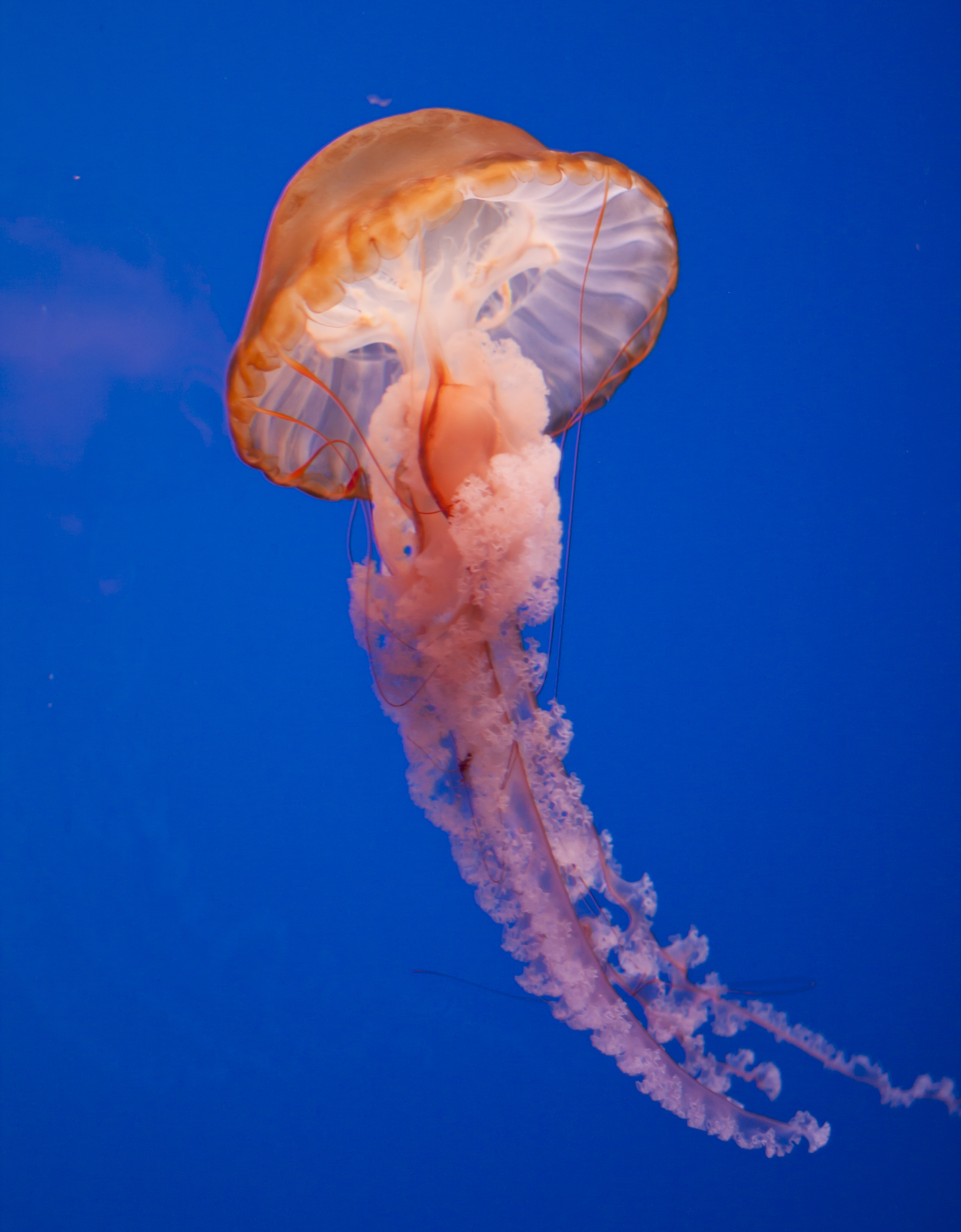
There are thousands of known jellyfish species, each with its own unique features. Some species are small and transparent, while others are larger and adorned with vibrant colors. The box jellyfish, for instance, is one of the most venomous creatures on Earth, while the moon jellyfish is known for its delicate appearance and gentle sting.
Habitat and Distribution
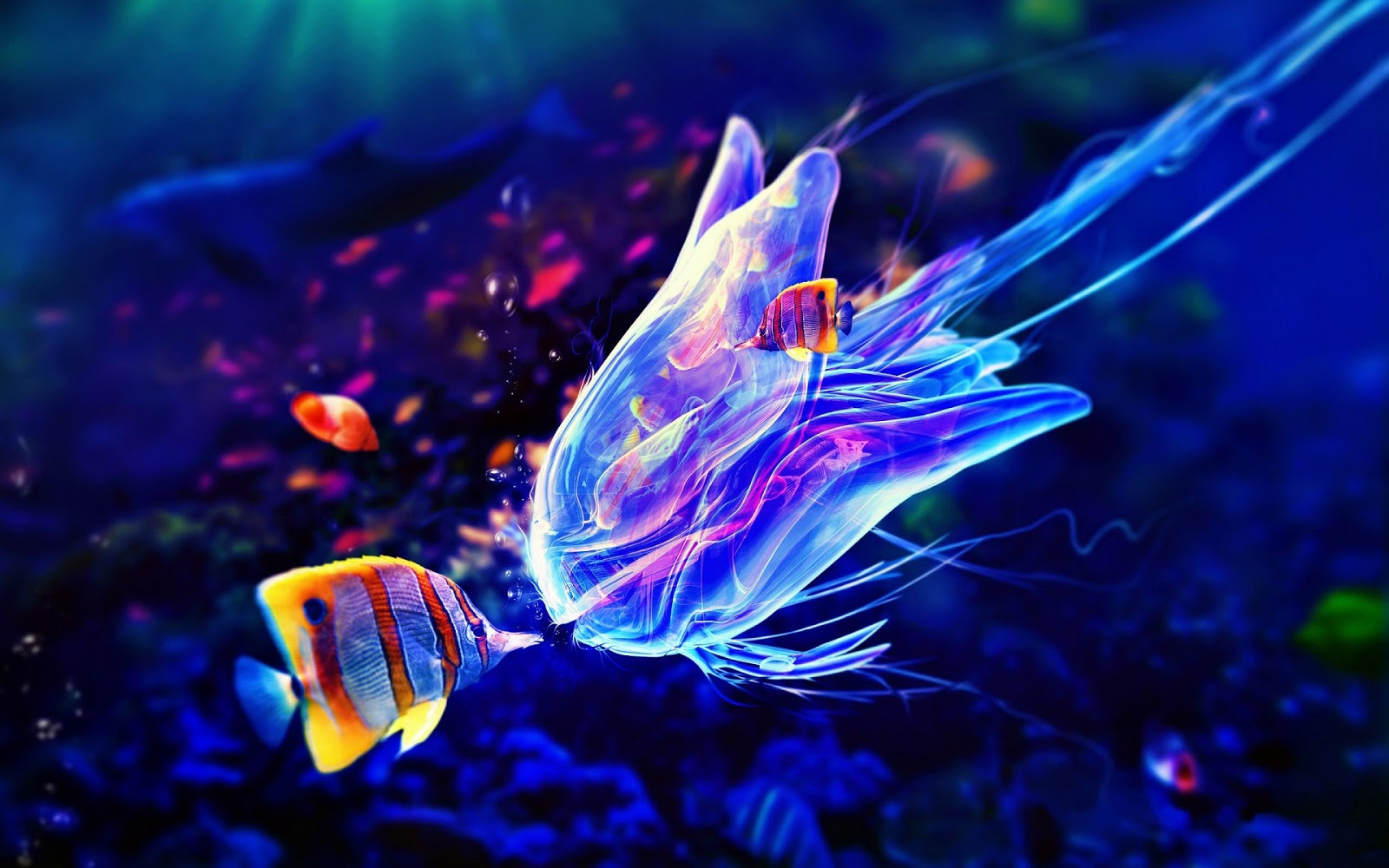
Jellyfish inhabit all major oceans, from the surface waters to the deep sea. They can be found in both warm and cold waters, although they tend to thrive in areas with favorable conditions such as nutrient-rich waters and moderate temperatures. Some species prefer coastal regions, while others are known to venture into open oceanic waters.
Movement and Feeding

Jellyfish employ a unique method of propulsion called jet propulsion. By contracting and relaxing their bell-shaped bodies, they push water out, propelling themselves forward. While they may seem slow and drifting, some jellyfish can move quite swiftly when necessary. Their diet primarily consists of small fish, plankton, and other marine organisms that they capture using their tentacles.
The Sting: Defense Mechanism and Venom

Jellyfish stings can be painful and in some cases, pose a threat to human health. When a jellyfish comes into contact with a potential threat, its tentacles release venomous cells called nematocysts. These cells inject venom into the target, causing irritation, pain, and sometimes more severe allergic reactions. It is essential to exercise caution when encountering jellyfish in the water to avoid stings.
Jellyfish Blooms: Ecological Impact
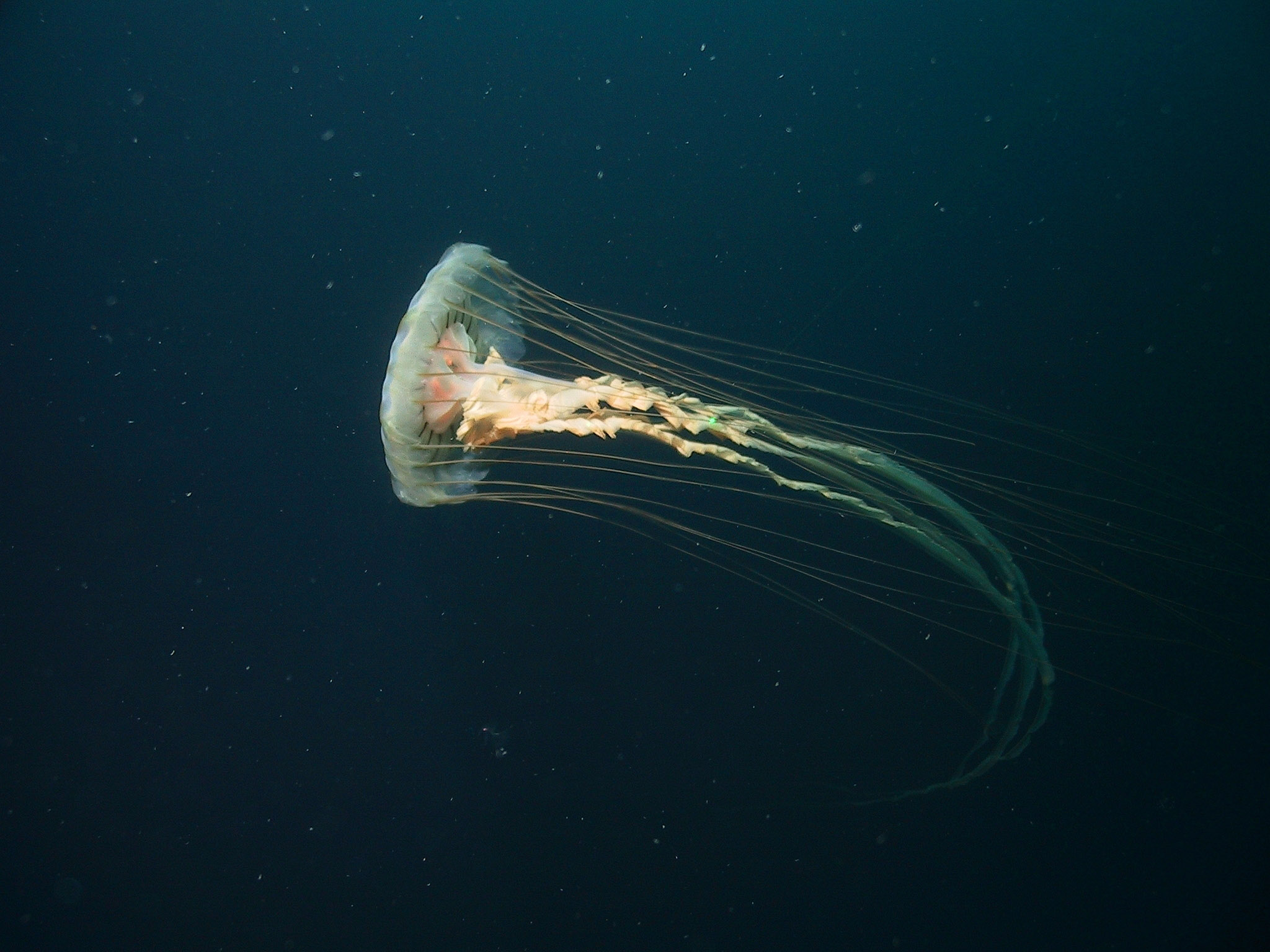
Jellyfish blooms, also known as swarms or outbreaks, occur when jellyfish populations rapidly increase and dominate an area. While blooms can have negative impacts on fisheries and tourism, they also play a crucial role in marine ecosystems. Blooms provide food for various marine organisms, including sea turtles and certain fish species, and contribute to the overall balance of the marine food web.
Jellyfish and Climate Change
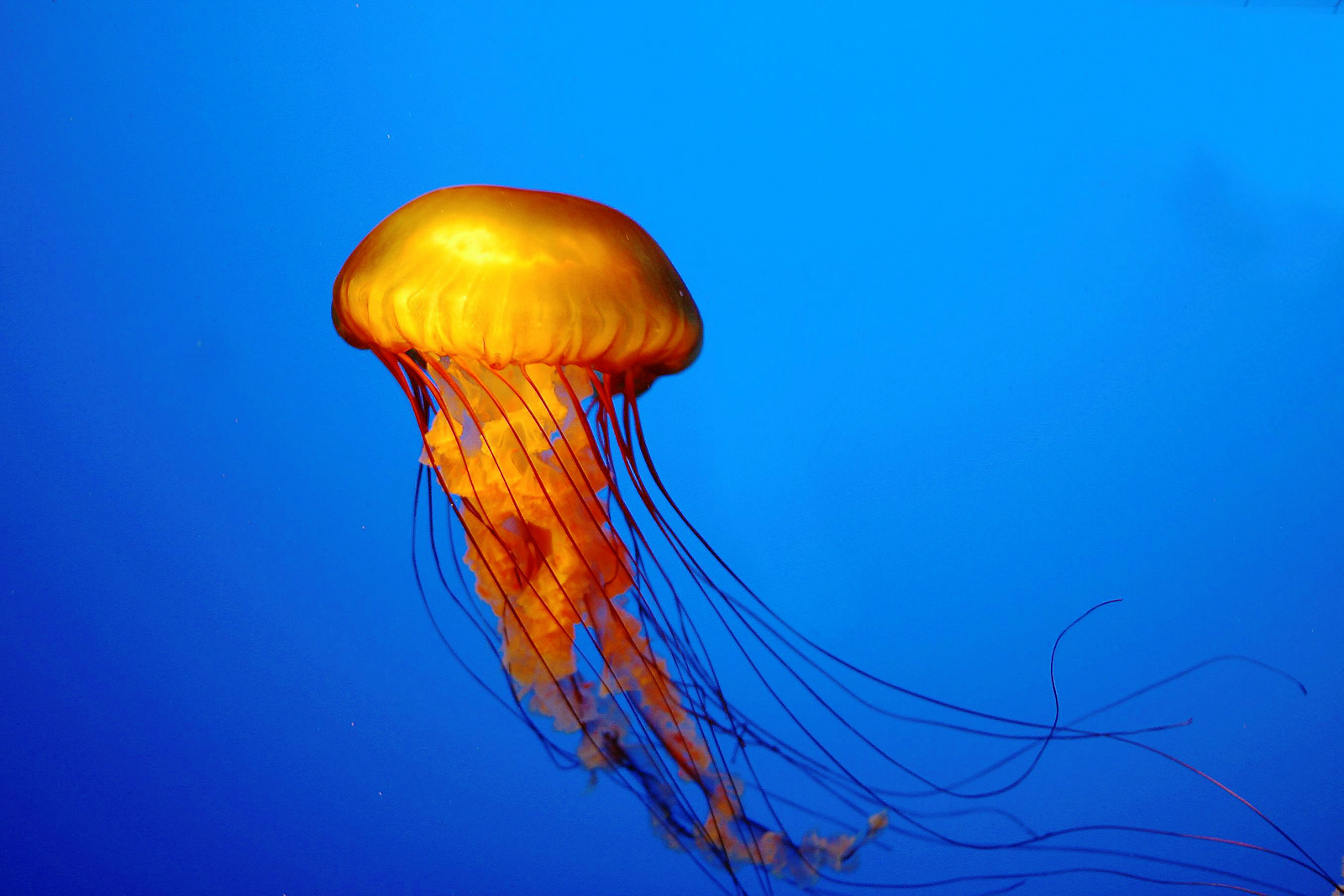
Climate change and its associated effects, such as rising sea temperatures and altered ocean currents, can influence the distribution and behavior of jellyfish. Some studies suggest that certain jellyfish species thrive in warmer waters, leading to an increase in their populations. These changes in jellyfish dynamics highlight the complex interplay between marine ecosystems and climate change.
Human Uses and Research

Jellyfish are not only captivating creatures but also valuable subjects of scientific research. Their unique characteristics, such as their regenerative abilities and simple nervous system, have attracted the interest of scientists studying tissue regeneration and neurobiology. Additionally, jellyfish have potential applications in fields like biomedicine, aquaculture, and even food industries.
The Future of Jellyfish
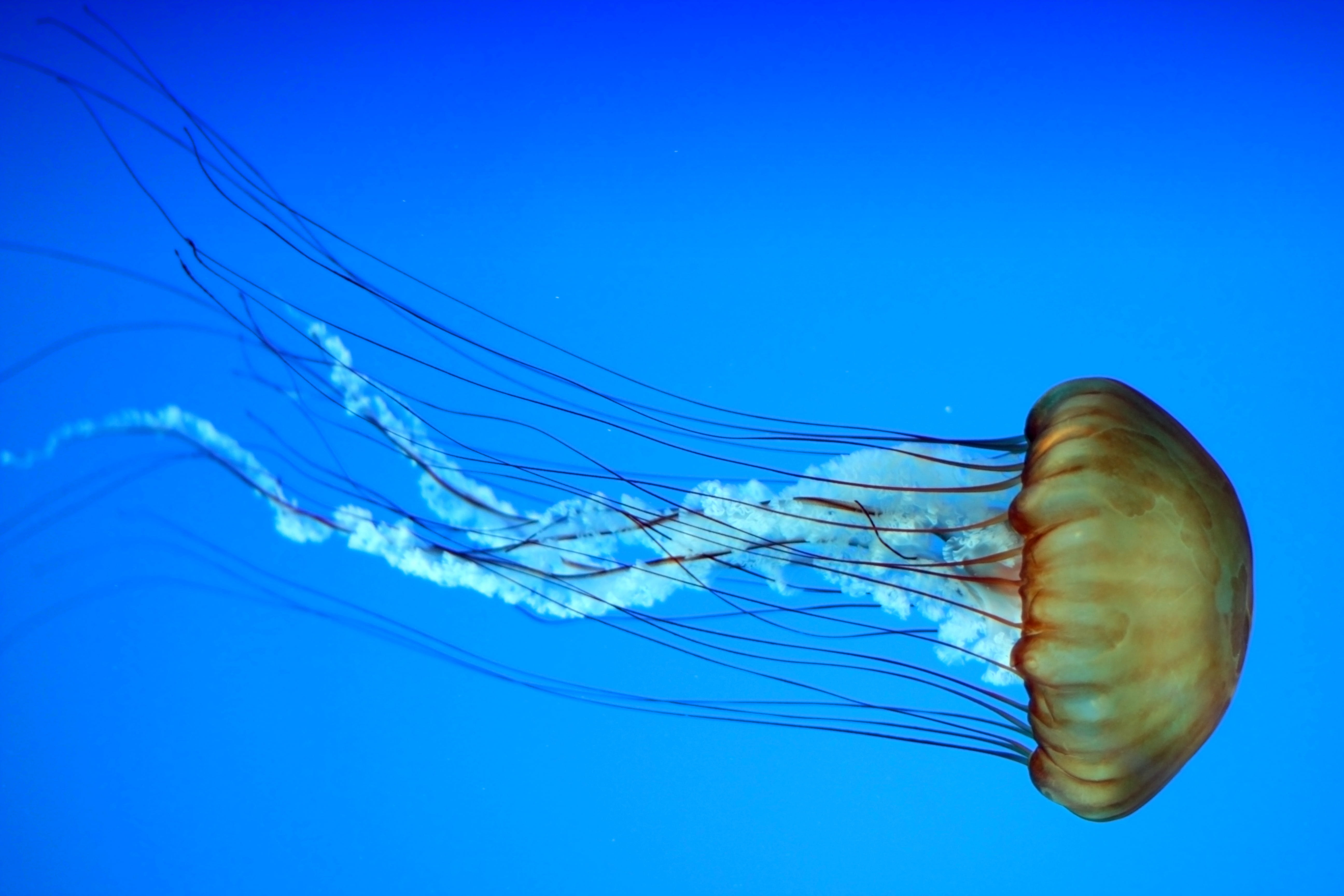
As our understanding of jellyfish continues to expand, so does our recognition of their importance in marine ecosystems. With the ongoing challenges posed by climate change and other human activities, it becomes crucial to protect and conserve these mesmerizing creatures. By maintaining a balanced approach and striving for sustainable practices, we can ensure the survival of jellyfish and the delicate equilibrium of our oceans.